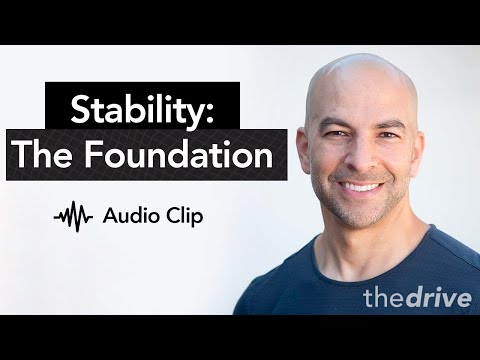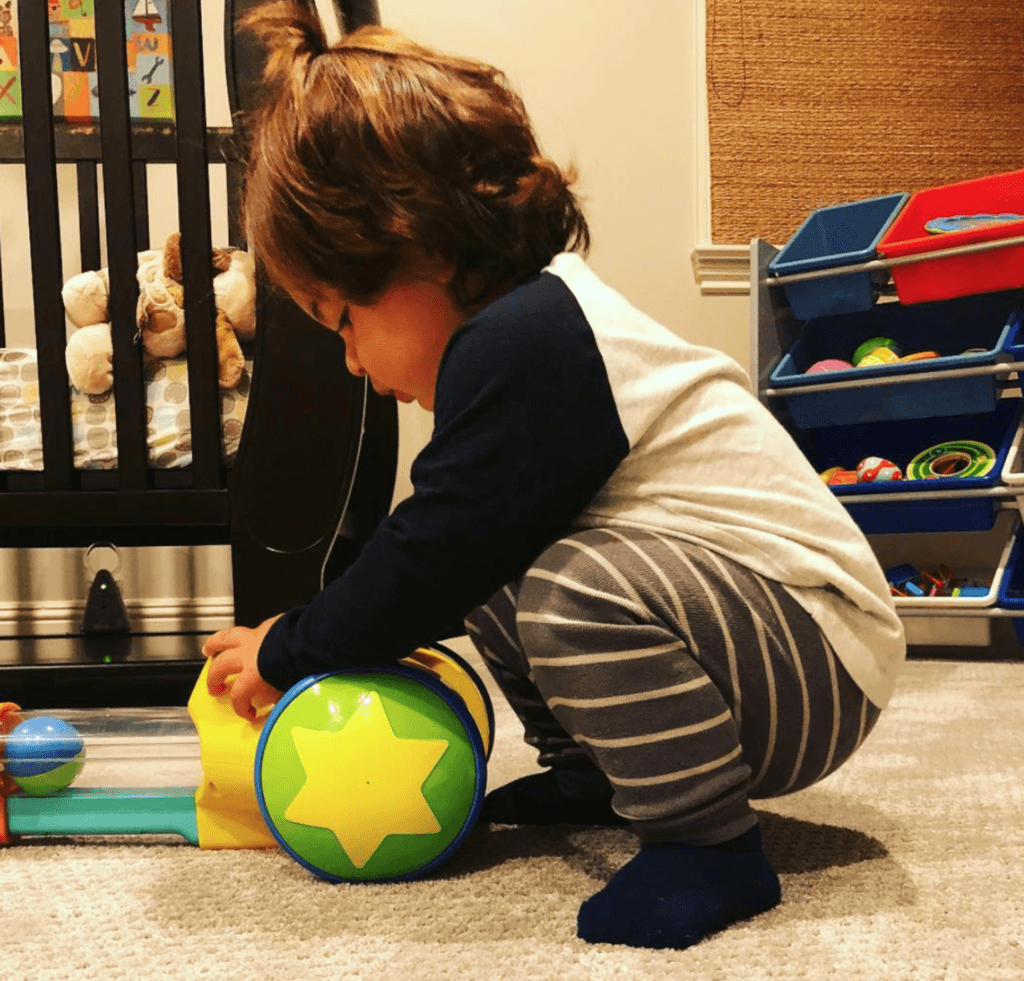This clip is from “Ask Me Anything” (AMA) episode #12, originally released on February 10, 2020.
If you’re a member, you can now listen to this full episode on your private RSS feed or on our website. If you are not a member, learn more about the how to become a member and the benefits here.

Show Notes
The 4 components of exercise:
1 | Stability (the foundation)
2 | Strength
3 | Zone 2 aerobic training
4 | Zone 5 (high intensity, e.g., HIIT)
“[Stability] is the cornerstone upon which your strength is delivered, your aerobic performance is delivered and your anaerobic performance is delivered. And it’s the way that you do so safely.”
Stability is…
- a way that we transmit force from the body to the outside world…
- in the safest manner possible…
- across the muscles which are designed to carry that load…
- as opposed to seeing the dissipation of force across joints that are not fit to do so.
–For example, when you pick up 60 pounds off the ground
- Newton’s Law says you have to exert 60 pounds of force on the world around you to move that thing
- The idea is you want all of that 60 pounds to be transmitted from your muscles to the ground
- And you DON’T want anything dissipating out your back, knees, or hips
-Humans are born with this ability
- But we lose it over time because of our lack of activity and our abundance of sitting
- But it’s possible to reacquire this ability through deliberate practice of these movements

Figure 1. Ayrton Attia demonstrating a proper squat. Image credit: Peter Attia (Instagram)
Dynamic neuromuscular stabilization (DNS)
- Peter is a big fan of DNS to train proper stabilization and movements
- Peter has a lot of inefficient movement patterns that results in force leakage around his scapula, elbow, knee, back, hips, etc.
- This “force leakage” is the root cause of a lot of the chronic injuries that people have
- “Stability is probably what I think of as the foundation upon which everything should be done vis-a-vis exercise.”
Other ways to train stabilization:
- Postural Restoration Institute (PRI)
- Pilates – while the vocabulary might be different than DNS or PRI, many of the principles are similar
- The particular teacher matters a lot
- “I think this is somewhat discipline agnostic, but it’s heavily dependent on the practitioner and the student.”
- “Of the four pieces of exercise we’re going to talk about, this is the one that probably will take the most tinkering for people to find the right type of practitioners.”
Here are a couple IG video posts by Peter sharing insights about stability training:


